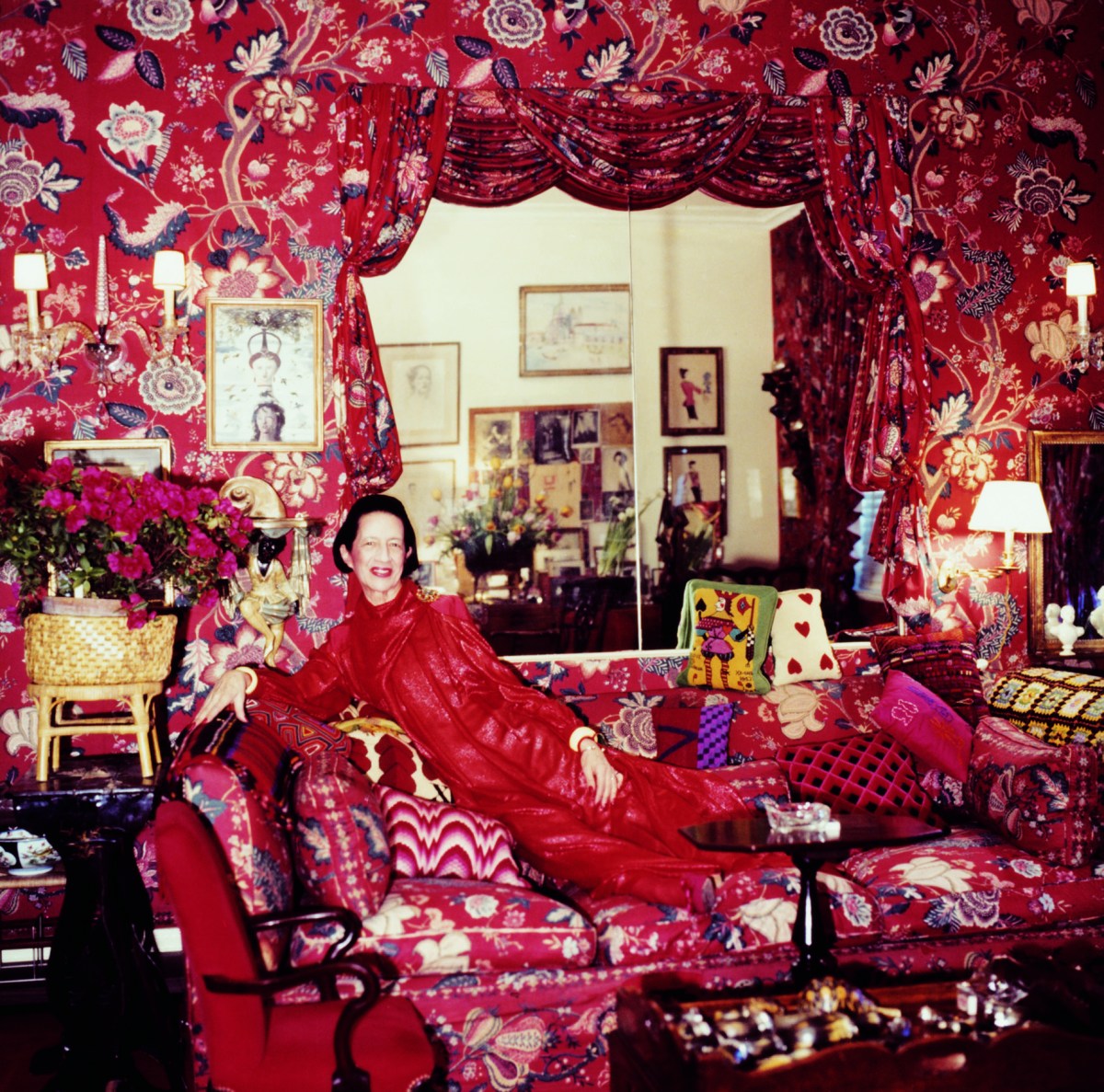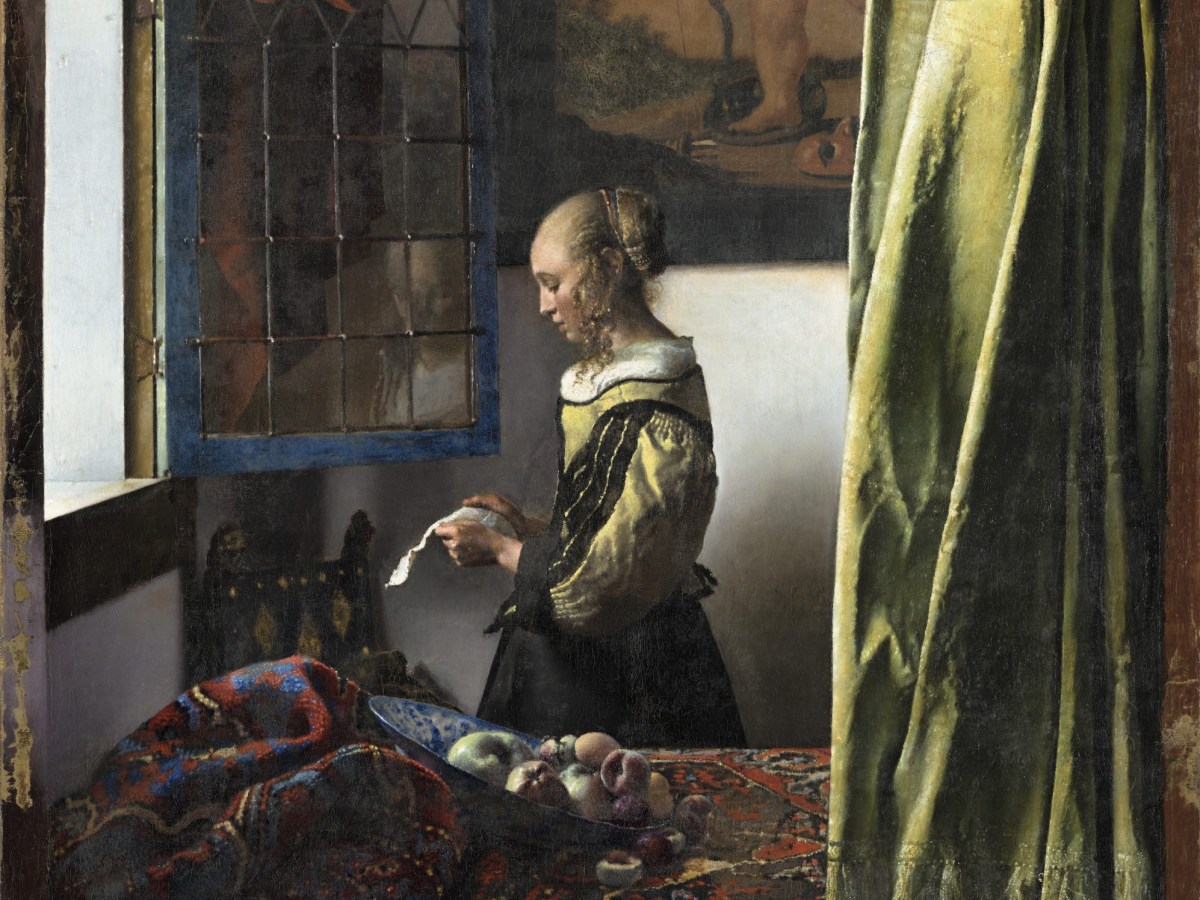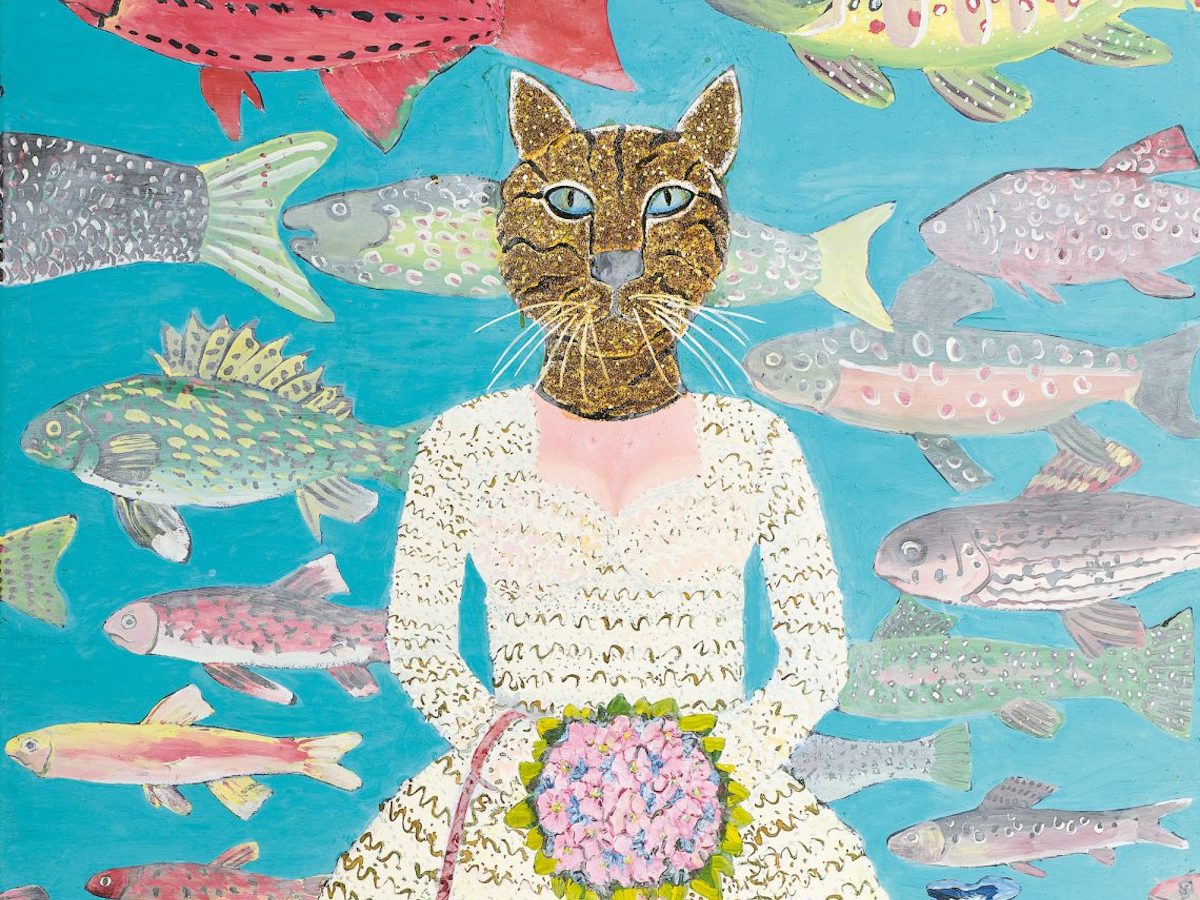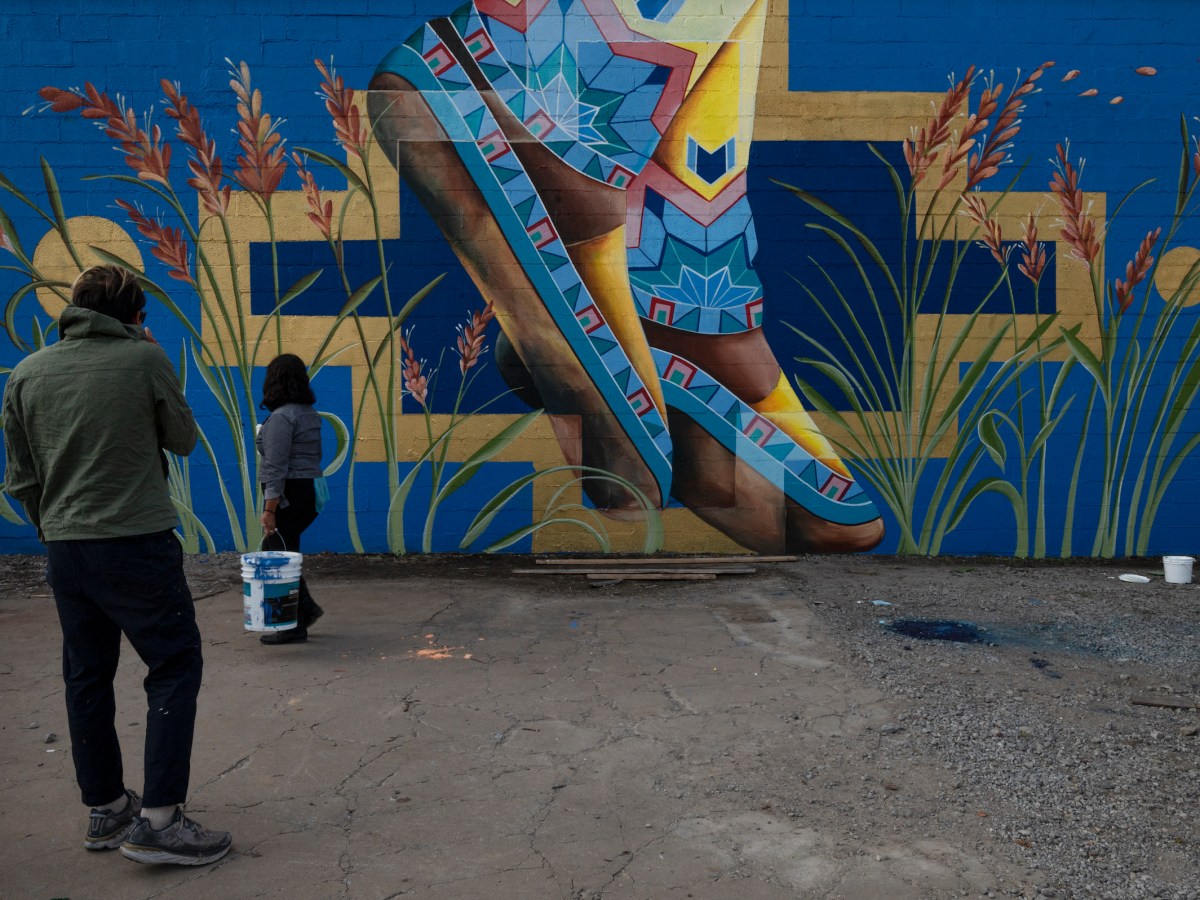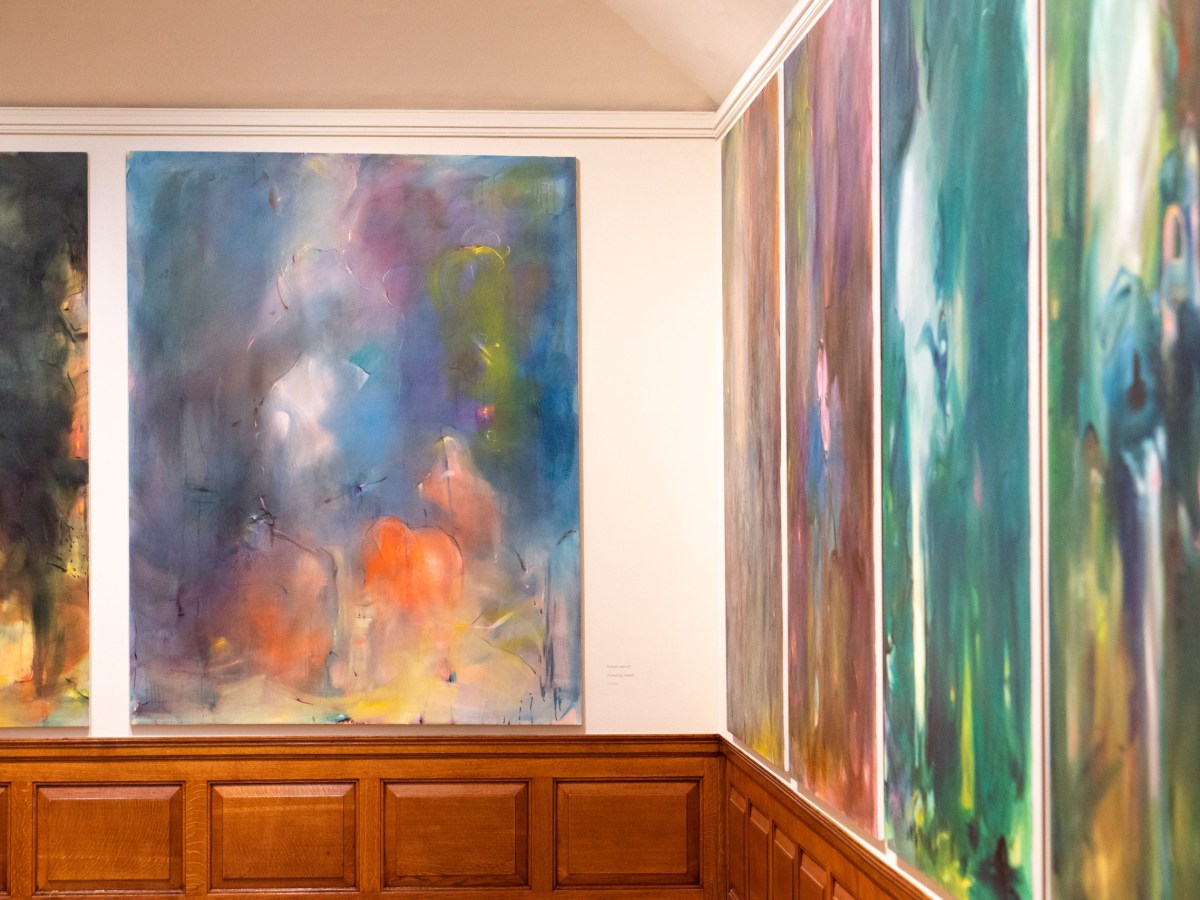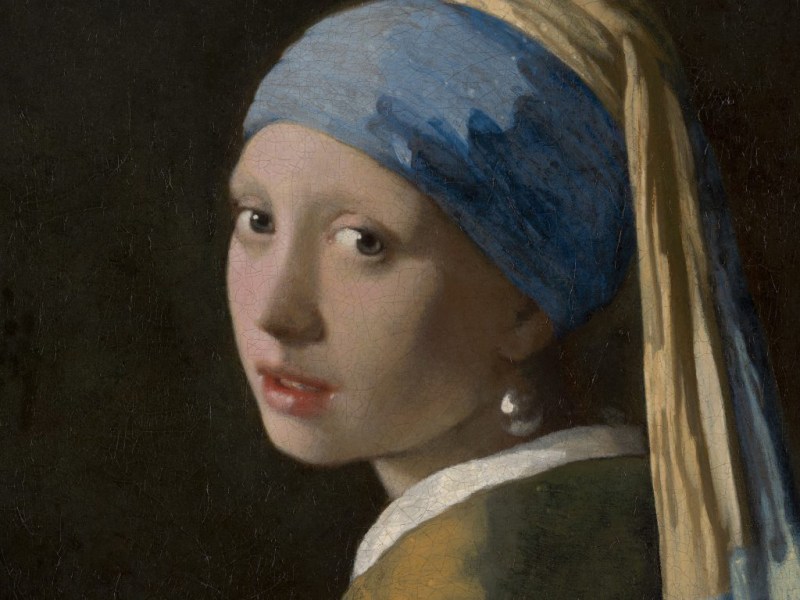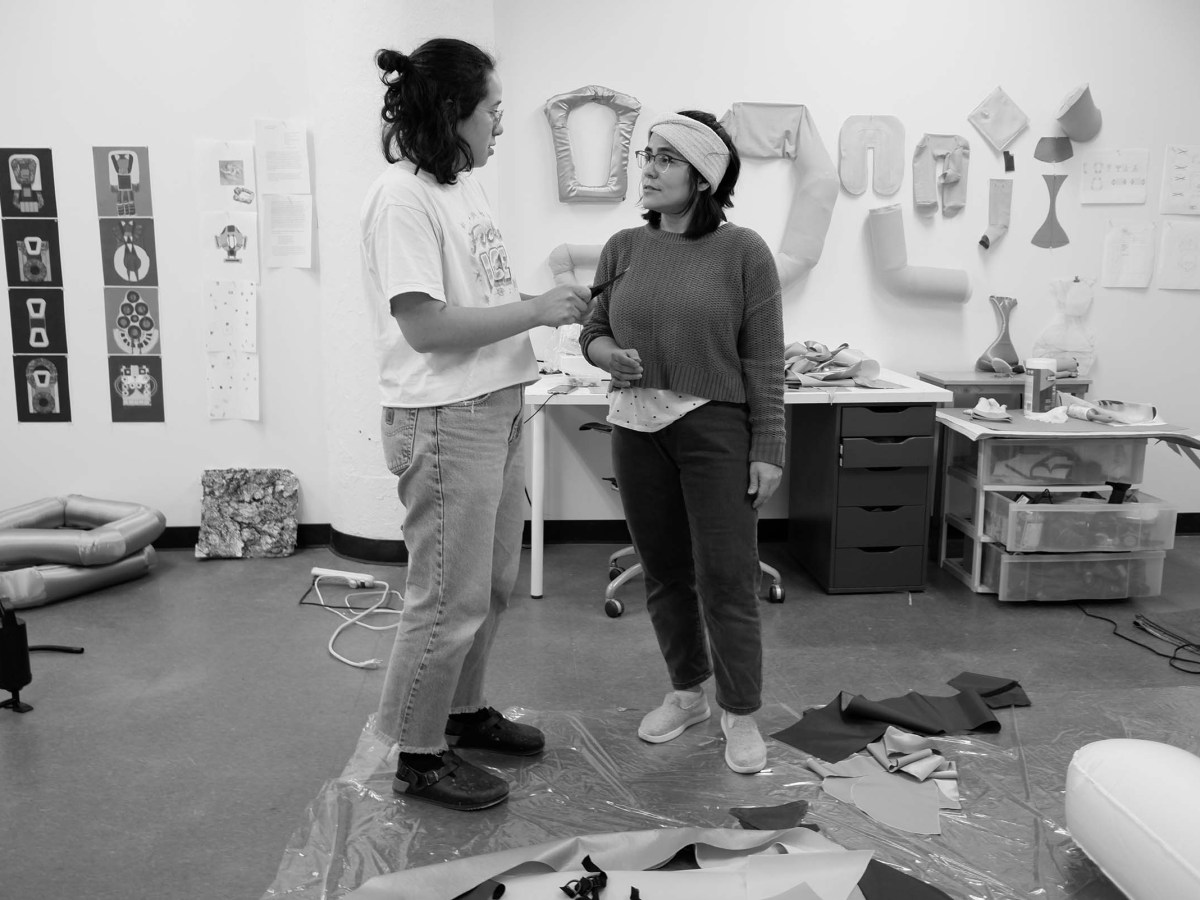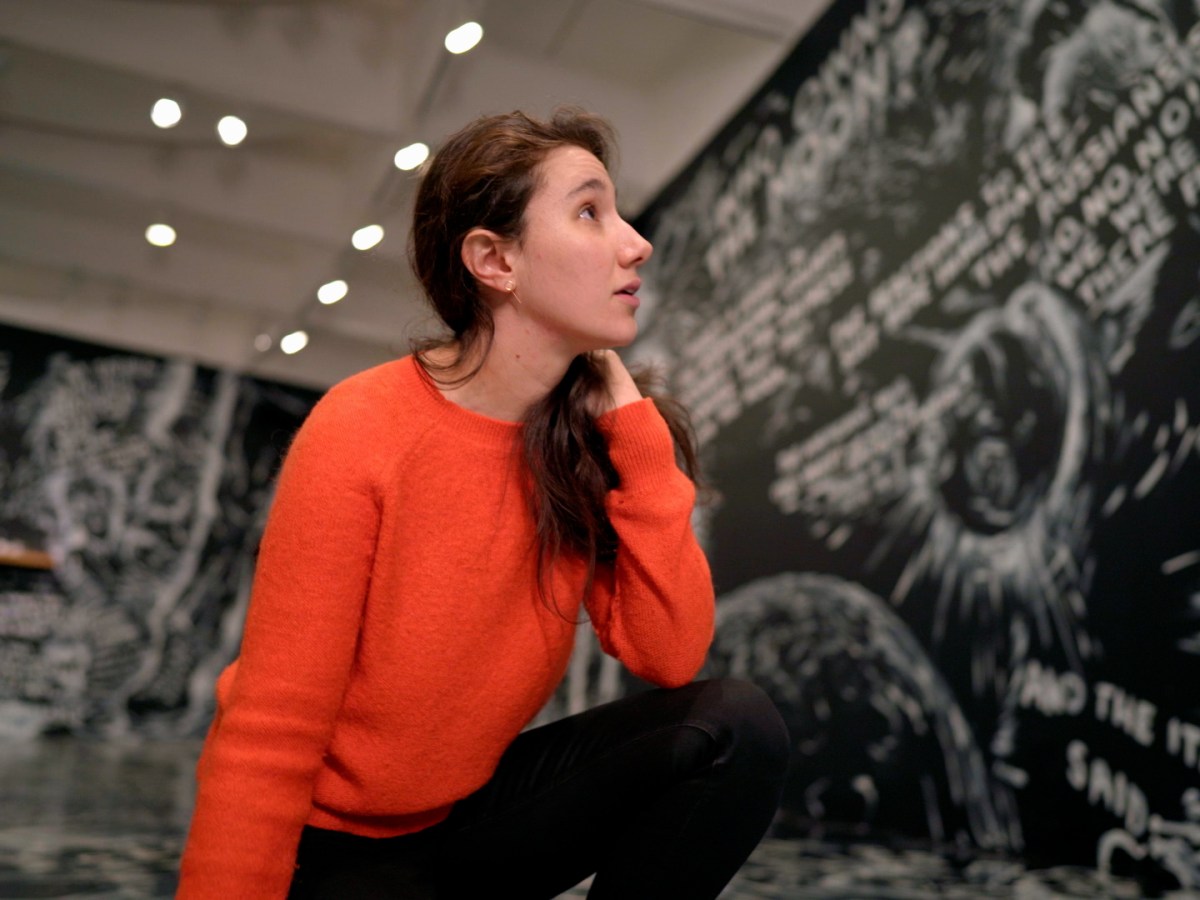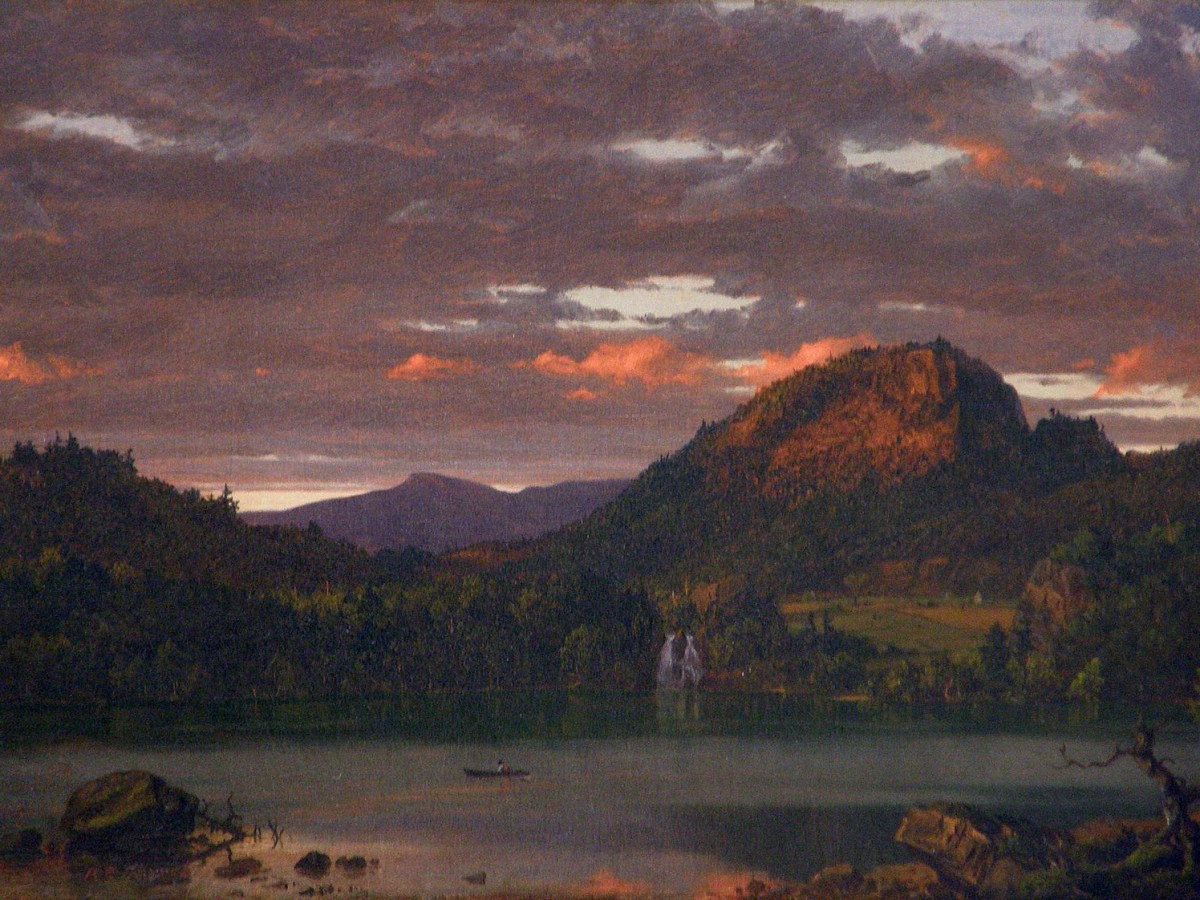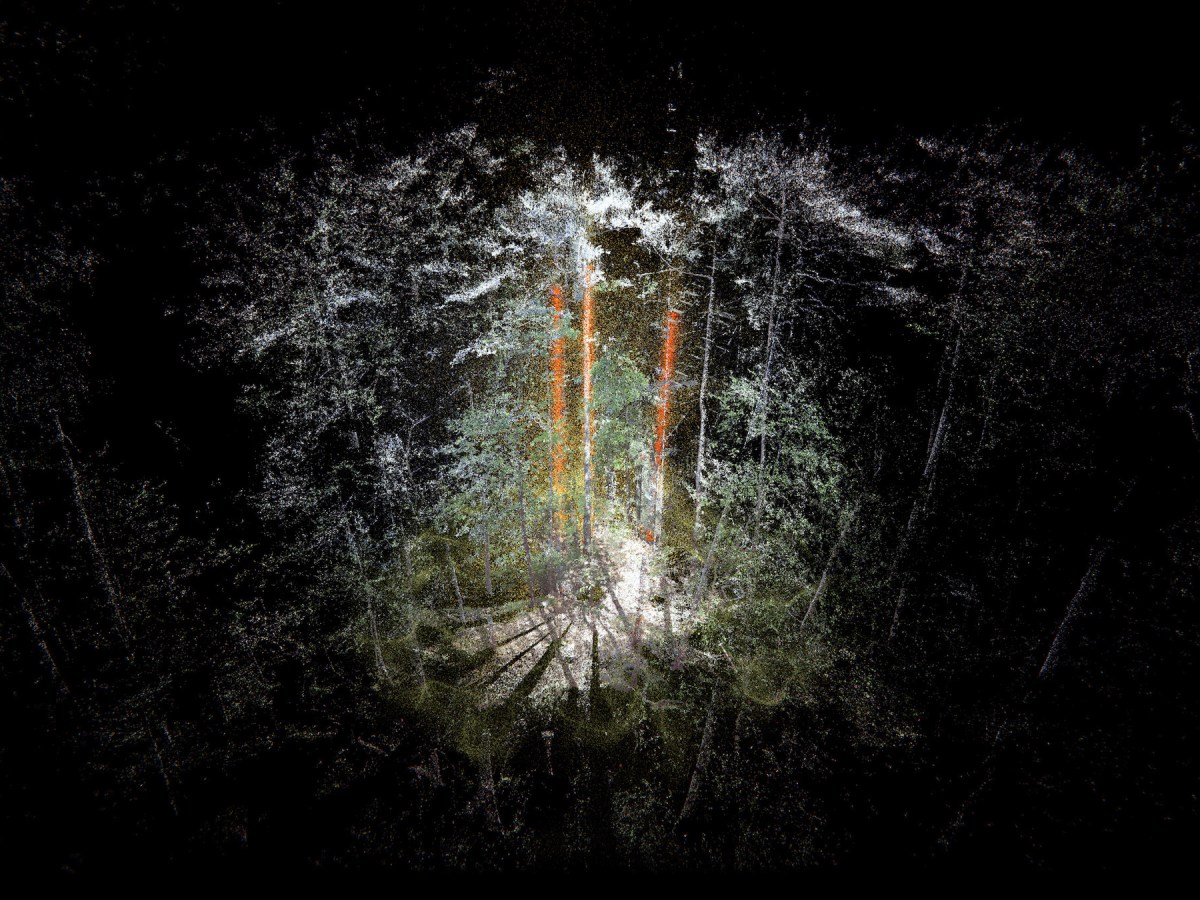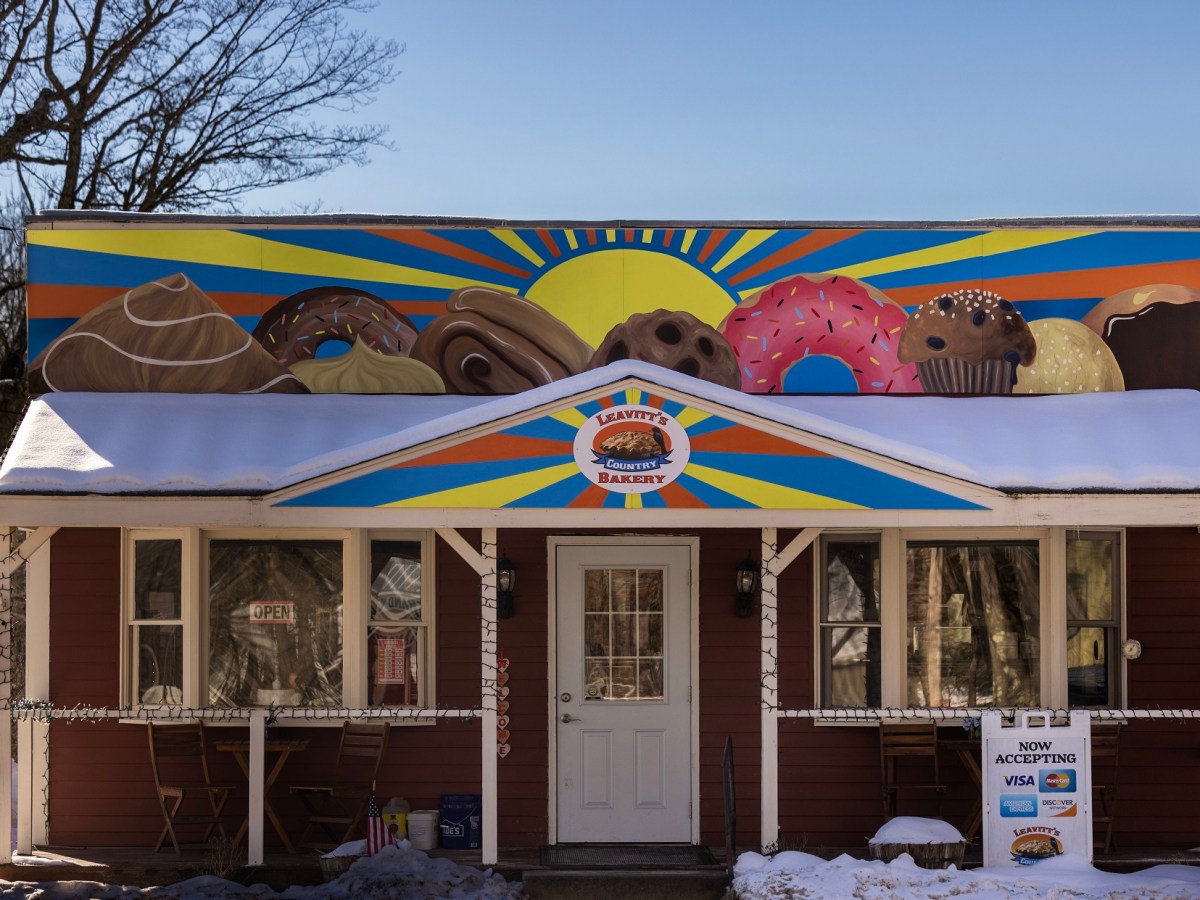Many a living artist is preoccupied with achieving recognition in their own time, and not without reason — we cannot all rely on the luck of Vivian Maier, to be discovered and championed posthumously. While finding reception for one’s work is a gratifying and necessary career aspect for those artists without other means of support, there is perhaps a blind spot to this obsession, as it supposes that once discovered, a legacy will remain. That’s one of the interesting parts of Theatres of Melancholy: The Neo-Romantics in Paris and Beyond (Thames & Hudson, 2022), by Patrick Mauriès, which highlights a movement and group of artists who found acclaim and patronage in some of the biggest names of their era, only to fall back into obscurity, eclipsed by the shifting shadows of more titanic art movements.
Mauriès focuses on a group of artists — Christian Bérard and Thérèse Debains, both French; Russians Pavel Tchelitchew and the brothers Eugène and Leonid Berman; and the Dutchman Kristians Tonny — who sparked the movement in 1926 with a three-day exhibition at the Galerie E. Druet in Paris. The show made waves, rejecting abstraction and making a return to figurative painting that employed anachronistic techniques, such as trompe l’oeil. Its practitioners were also playful and experimental, contributing to theater, decorative arts, and ballet through their painting, rather than remaining hermetically sealed off from other forms of expression, and were dubbed the “Neo-Romantics” or “Neo-Humanists” by art critic Waldemar-George, one of their passionate supporters.
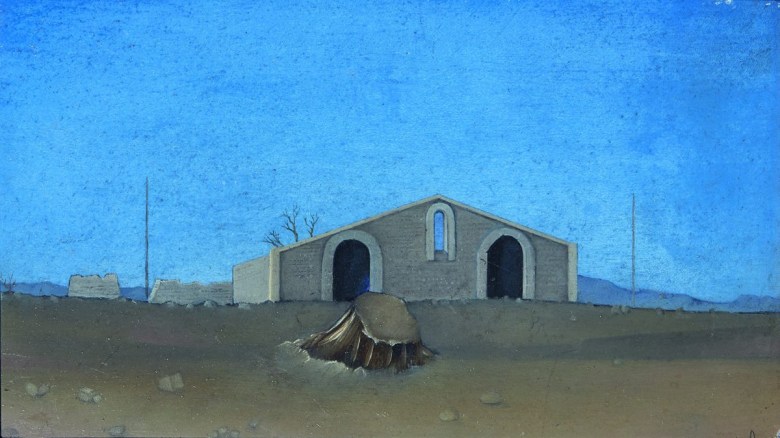
Waldemar-George was hardly their only major champion; additional fans of the movement or individuals within it included Gertrude Stein, Alfred Barr, George Balanchine, Coco Chanel, and Christian Dior, among others. Some of these connections were overt, as with Stein, who incidentally features Neo-Romantic paintings in the final chapter of The Autobiography of Alice B. Toklas (1933), as “a pretext for a final discussion of the course of modern art in the early years of the twentieth century,” according to Mauriès.
Part of the Neo-Romantic shtick was a determined resistance to the idea that abstraction was the logical endpoint of contemporary art, though it seems the group agreed on little besides a general rejection of any unifying ethos or aesthetic. Regardless, the Neo-Romantics seem truly to be artist’s-artists, with a willingness to engage in lively discourse, backed by the production of beguiling paintings. The work of Mauriès to recover these once-darlings of the popular imagination — swept aside by the rise of Surrealism and the shifting tides of the art world from Paris to New York, following WWII — demonstrates that in order to endure, artists need not simply be recognized in their own time, but to find an audience even in the unimaginable future.
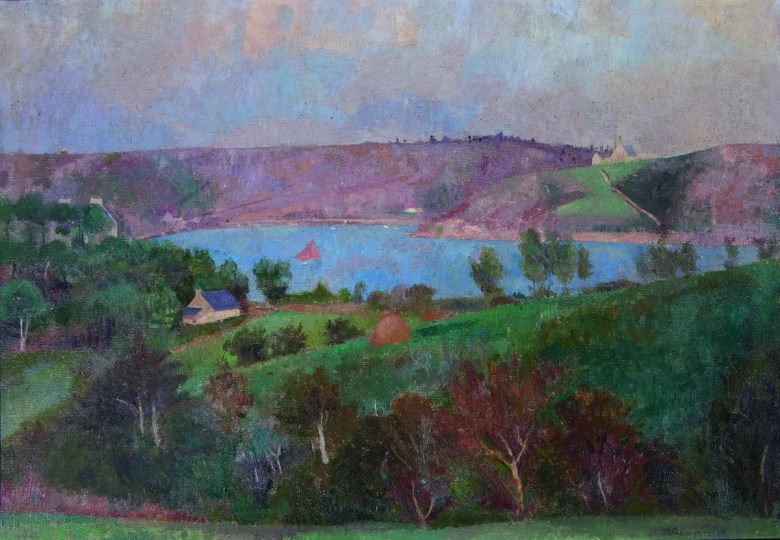
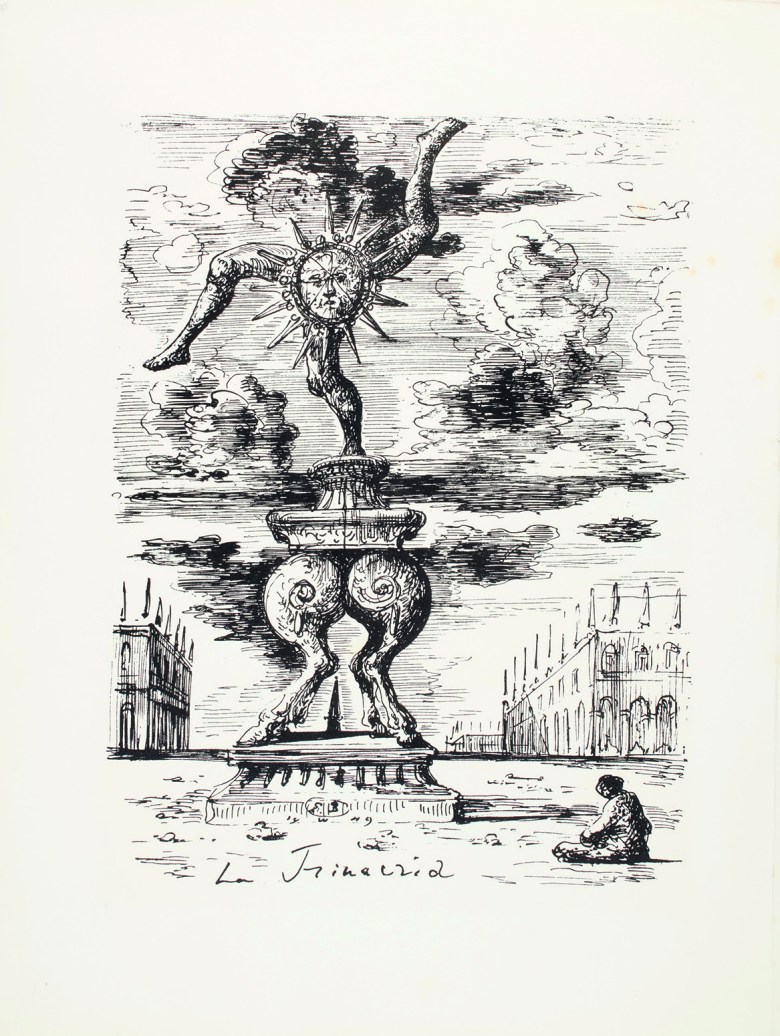
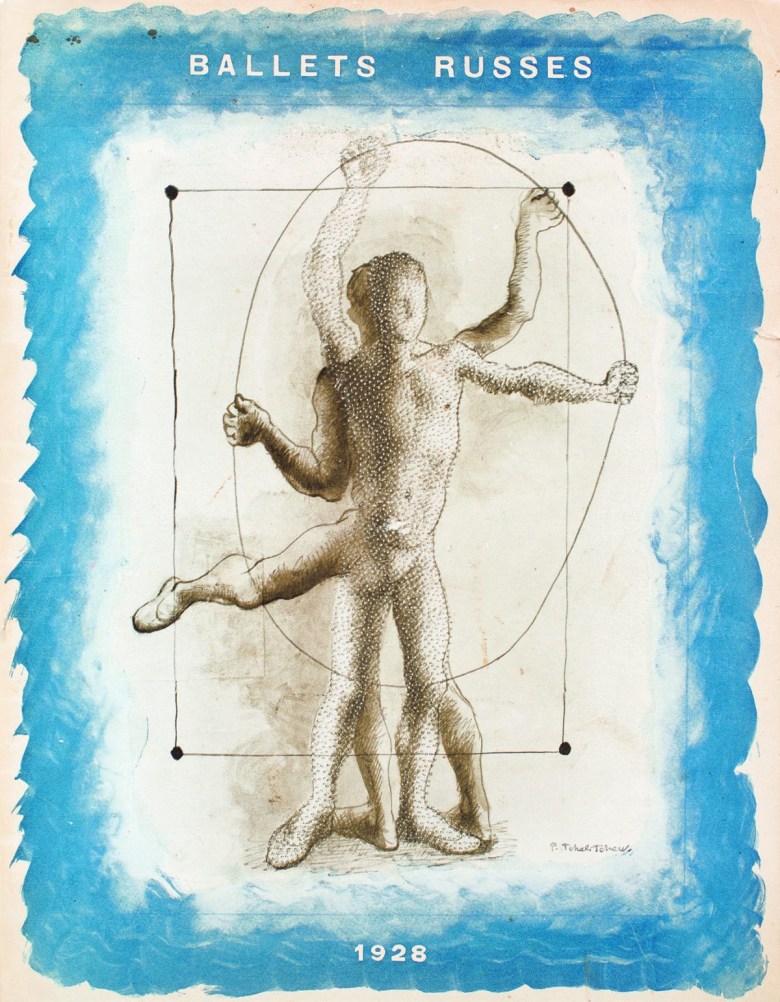
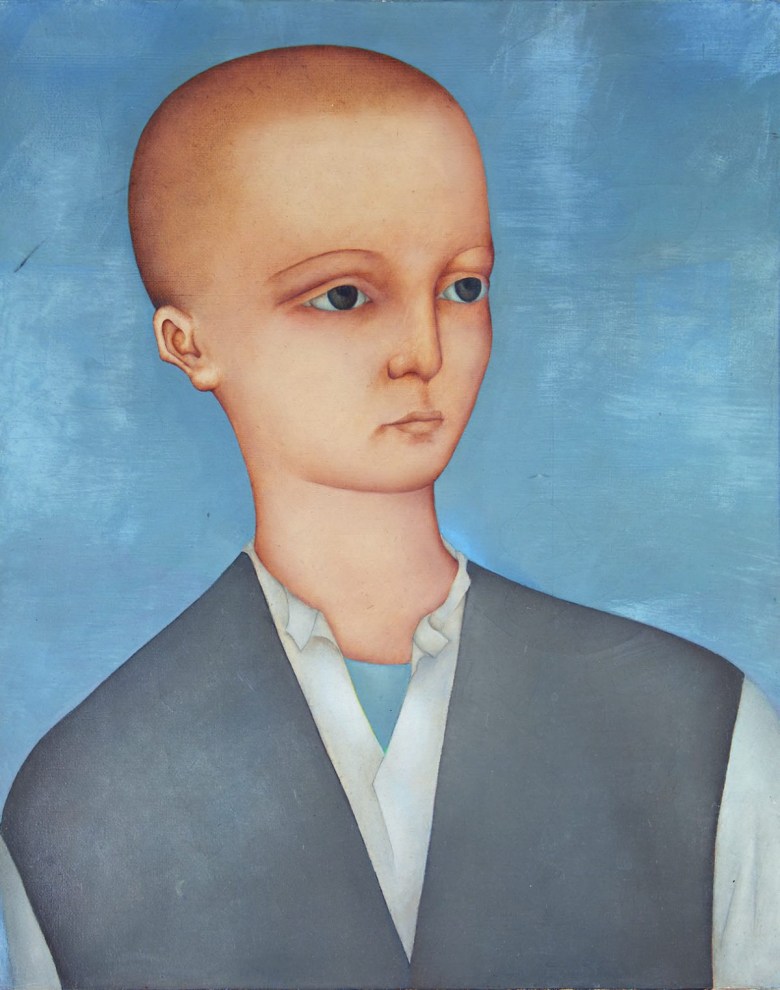
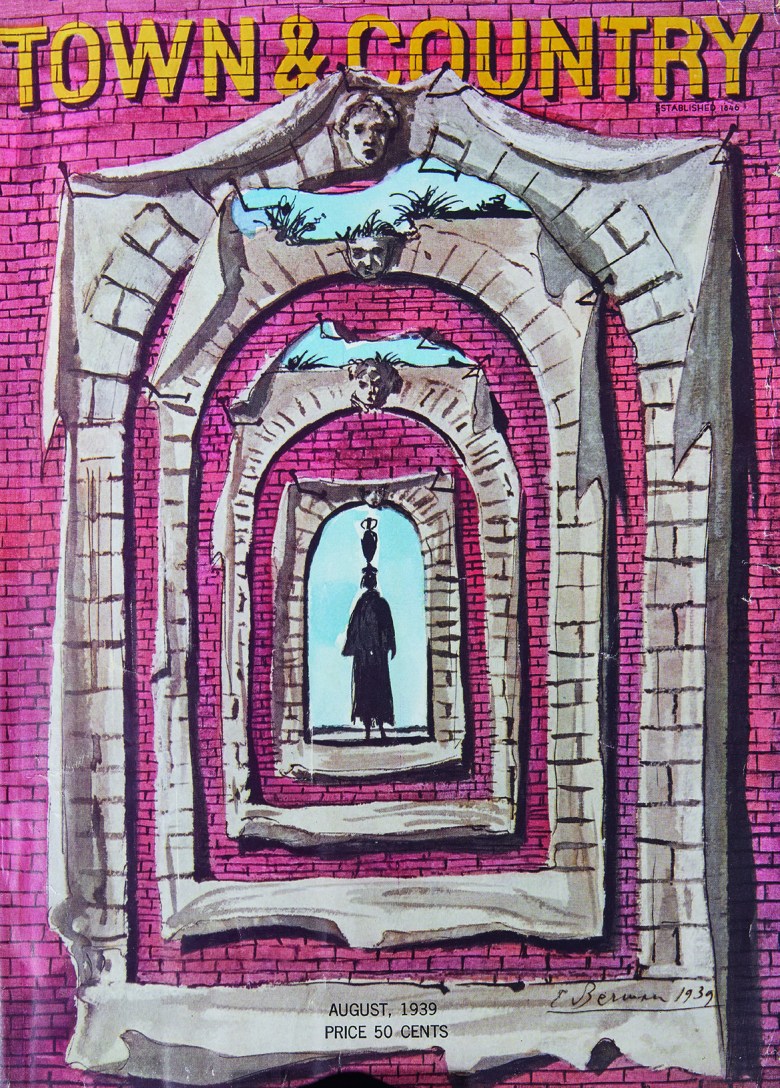
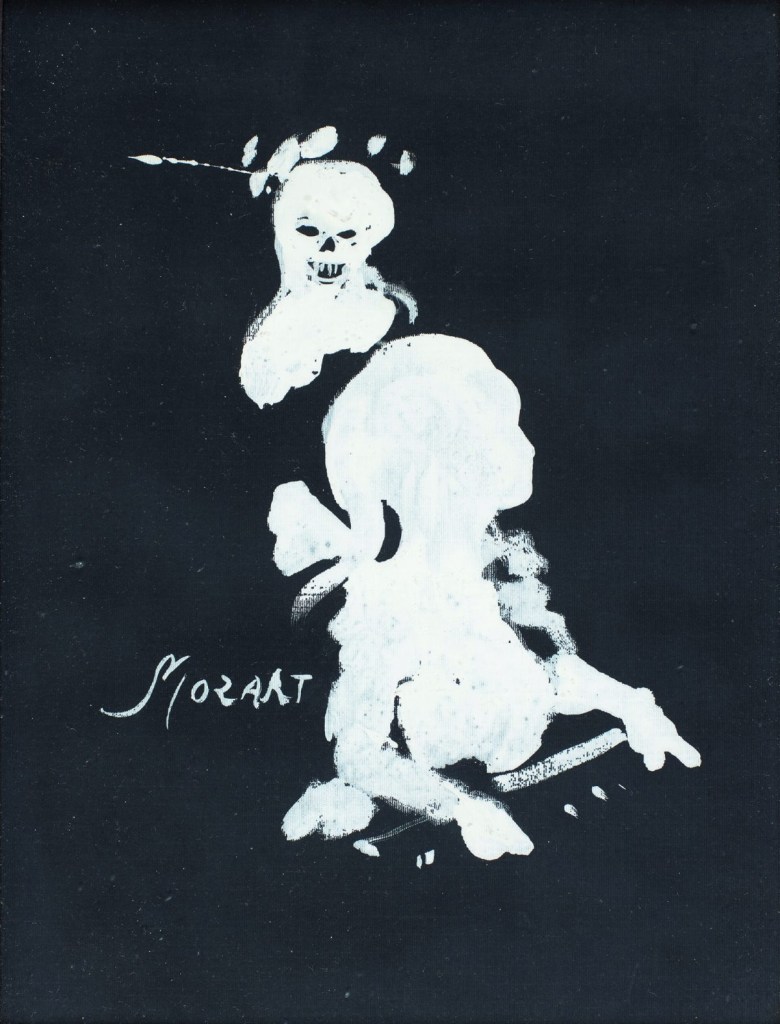
Theatres of Melancholy: The Neo-Romantics in Paris and Beyond by Patrick Mauriès (Thames & Hudson, 2022) is available through online retailers.
Editor’s note 2/2/2023 6:40pm EST: A previous version of this article included an error in the timeline of the Galerie E. Druet exhibition referenced. The exhibition took place in 1926 and did not coincide with Cubism. This error has been corrected.

